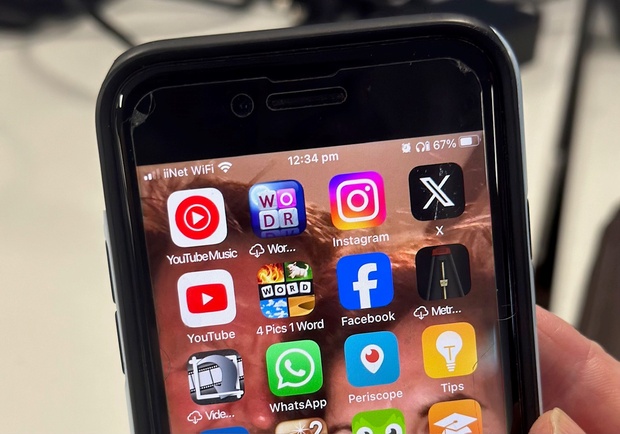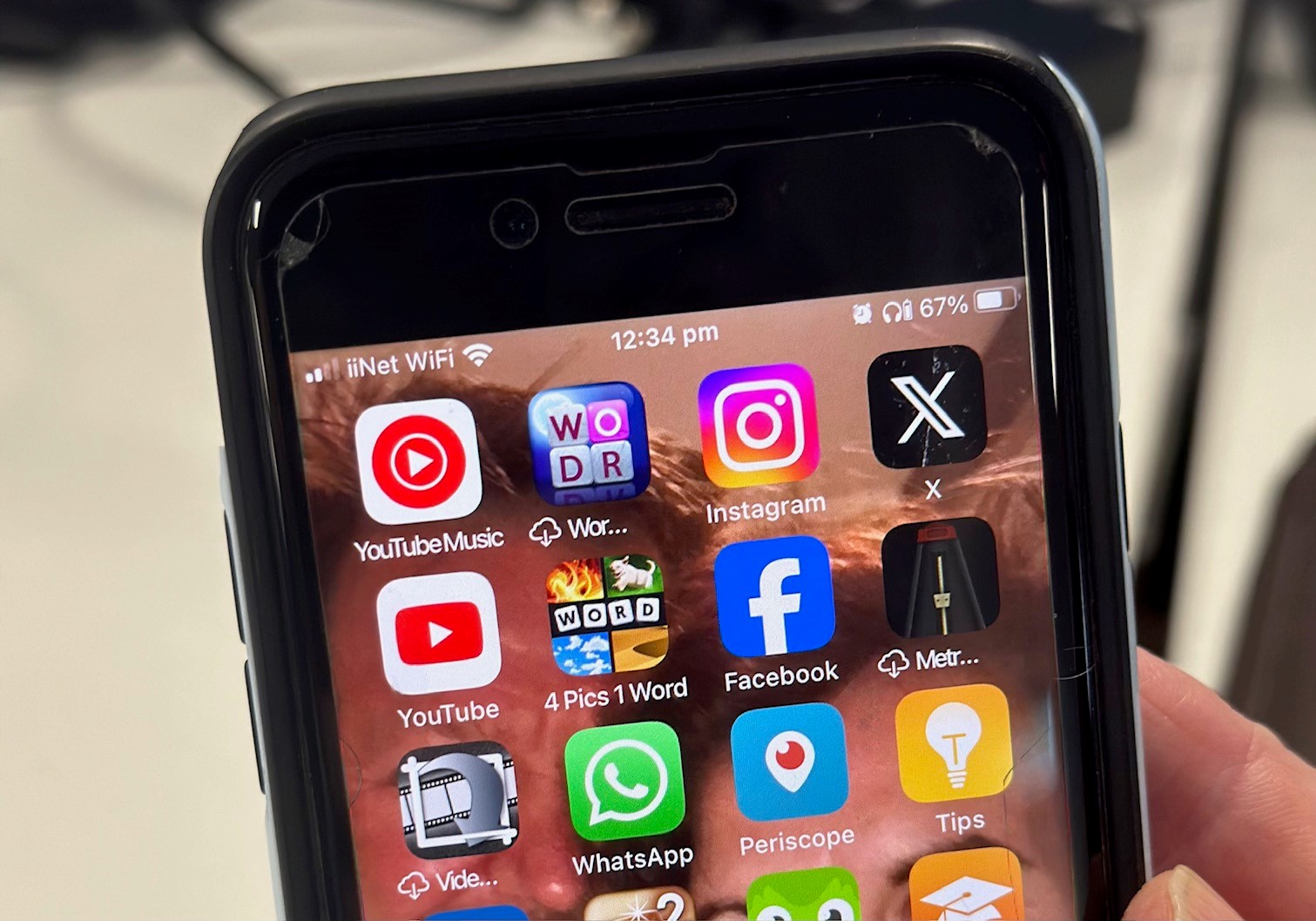Representatives from six health organisations including ReachOut, Headspace and Beyond Blue rejected proposals to raise age limits for social networks, telling politicians on Tuesday the move would cause greater harm to children and give parents a false sense of security.
Their testimony comes a day after parent groups appeared before the Social Media and Australian Society inquiry and urged the Government to impose a ban on all children accessing social media.
ReachOut government relations director Ben Bartlett said he recognised parents were struggling to find ways to approach the technology and protect their children, but a blanket ban would not address the risks.
“A ban would expose young people to new harms,” he said.
“It may leave some young people without any mental health support options, it may make them less likely to seek help when they need it and be less likely to tell an adult when things go wrong online.”
A survey conducted by ReachOut found almost three-in-four young people turned to social media platforms including TikTok, YouTube and Instagram to access information and support for mental health issues.
Removing teens’ access to this information, Bartlett said, would leave them worse off.
“We don’t want to end up after this moment in time when everyone is focused on making social media safer with a policy response that potentially just gives parents a false sense of security that something’s been done and all the harms have been addressed,” he said.
“We would say it’s much better to ... do what we can quickly on quick wins and then work through to make the platforms fundamentally safer over time for everyone.”
Rather than banning teens from social media, Beyond Blue chief executive Georgie Harman said the Federal Government should regulate major social networks.
Changes could include prioritising the safety of users over advertising, mandating their co-operation with health organisations, and providing greater education about safety features.
“We cannot let the social media companies off the hook,” she said.
“They say they have all of these (safety) design features (but) they need to be surfaced, they need to be really easy to find and switch on, and there needs to education about that as well.”
Social media users should also be given greater insight into the content they are shown and how their algorithms work, Black Dog Institute researcher Dr Sandersan Onie said.
Researchers recently showed they were able to publish a pro-anorexia advertisement on a social network, he said, telling vulnerable users to “eat a piece of paper” when they felt hungry.
“They were able to run ads on a specific platform in which they were targeting individuals who were young people at risk of an eating disorder,” Onie said.
“We need to make the social media companies regulate the advertising (and) work together with organisations.”
Any action to ban teenagers from social media should also involve greater consultation with young people, BATYR youth advocacy lead Abi Cooper told the committee, as many were concerned about the change it would bring.
“There is no going back to the childhood of the past,” she said.
“What I hope for is instead a childhood where people don’t have to sacrifice their safety or their wellbeing to remain connected with their communities.”
The social media inquiry is expected to release recommendations in November.
AAP
Lifeline 13 11 14
Kids Helpline 1800 55 1800 (for people aged 5 to 25)














